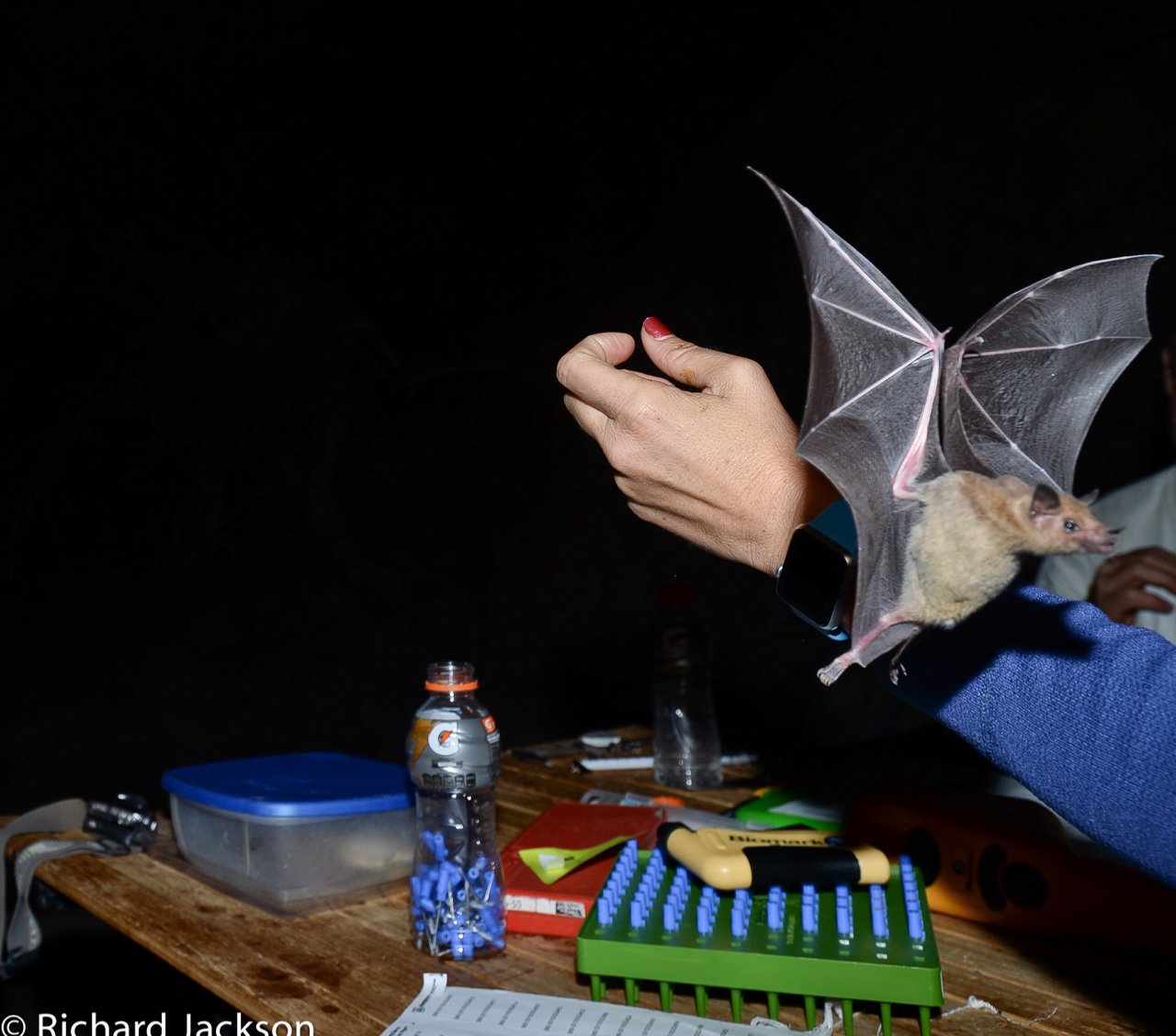

Terrestrial Monitoring Systems
We understand that the most important component of research is reliable data. Good quality data is essential to the decision-making process and should be accurate, high quality, and uninterrupted. At Biomark, our goal is to provide high quality PIT-tag monitoring tools and support so you can focus on the data.
Actionable Insights for Wildlife Research
Biomark specializes in the design, construction, and installation of PIT tag systems for terrestrial applications. We’ve developed different hardware solutions that have facilitated monitoring animals in the terrestrial environment. Our experience allows us to design and test numerous antenna sizes and configurations to meet the needs of unique monitoring applications. If your site is in a metropolis or on a remote mountaintop, we can provide a monitoring solution.
PIT Tag Monitoring Systems for Terrestrial and Avian Applications
We have been building customized PIT tag detection systems for nearly 30 years. No project is too big or small and our carefully selected components collectively result in a robust and reliable system.
Small Scale PIT Tag Monitoring Systems provide flexibility when it comes to smaller scale and short term monitoring applications. These systems incorporate a stationary reader housed in a weatherproof or waterproof enclosure. The weatherproof enclosure can stand up to the elements in terrestrial settings, whereas the waterproof enclosure can include a fully submersible lithium battery packs to run the unit autonomously underwater.
As subterranean animals, California ground squirrels (Otospermophilus beecheyi) split their time between two major ecological environments: aboveground, where movements are relatively free in open spaces and belowground, where movements are constrained by burrow architecture. However, until recently, the belowground social lives of these animals have been largely hidden from direct view by researchers and due to the small size of their burrow openings, the monitoring of belowground space use has previously been nearly impossible.
Despite the popular use of hummingbird feeders, there are limited studies evaluating the effects of congregation, sharing food resources and increased contact when hummingbirds visit feeders in urban landscapes. To evaluate behavioral interactions occurring at feeders, the authors tagged 230 individuals of two species, Anna’s and Allen’s Hummingbirds, with passive integrated transponder tags and recorded their visits with RFID transceivers at feeders. For detecting the presence of tagged birds, they developed an RFID equipped feeding station using a commercially available antenna and RFID transceiver. Data recorded included the number of feeder visits, time spent at the feeder, simultaneous feeder visitation by different individuals, and identifying which feeders were most commonly visited by tagged birds.
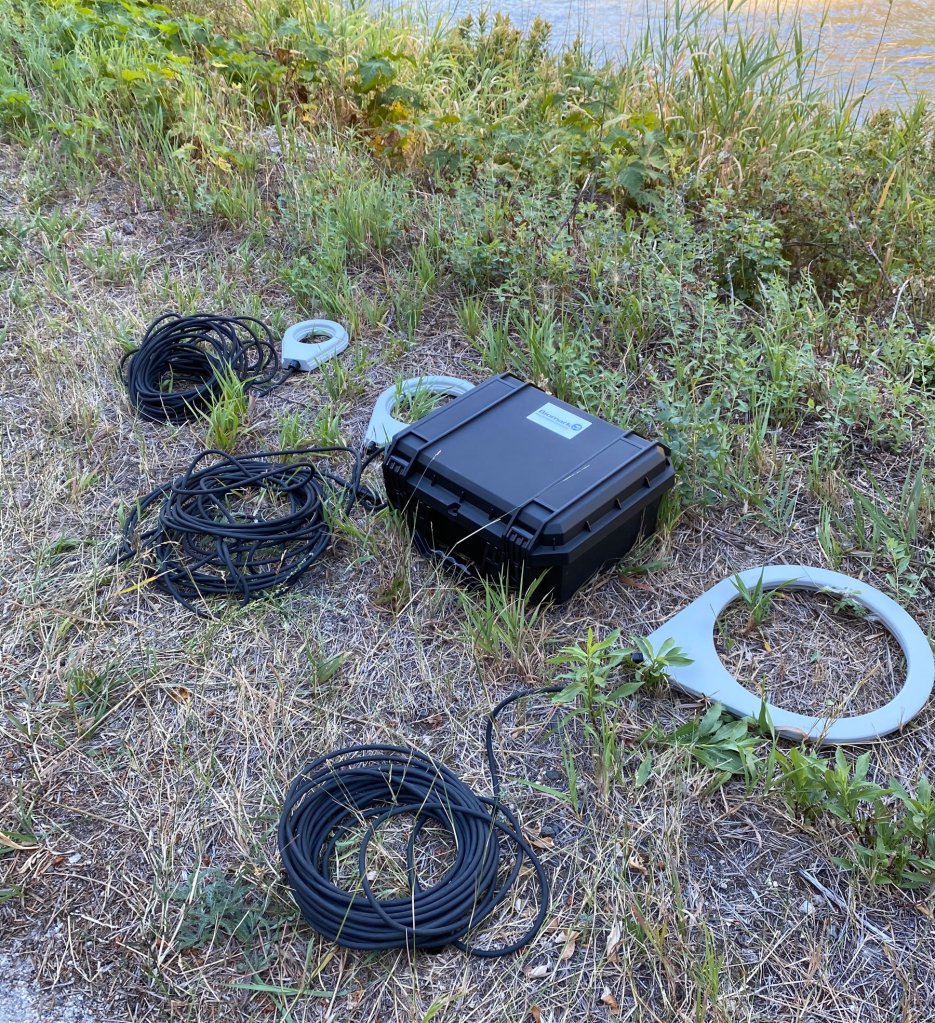

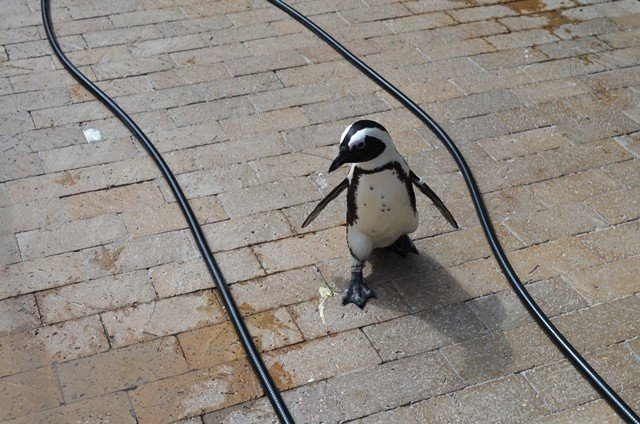
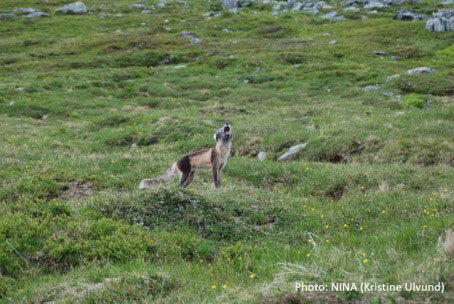
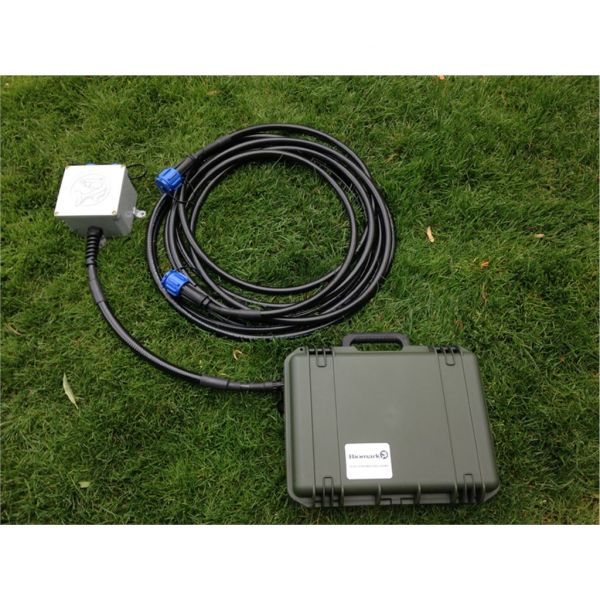
In addition to the systems that Biomark installs, we ship customers complete or nearly complete systems that they install. Biomark’s Project Managers and Sales Representatives consult with researchers to identify their study objectives, site characteristics, and sampling requirements, and then fabricate and ship components for the end-user to install. Our staff of Electronic Technicians are always available to provide additional support as the equipment is installed and on an as-needed basis any time in the future.
African penguins have been marked predominantly with metal flipper bands for over 50 years and resighting data has been essential to assess the dramatic population declines that have led to the species being classified as ‘Endangered’. However, as flipper bands may negatively influence the birds’ survival, the use of subcutaneously implanted PIT-Tags has been introduced in South Africa since 2013.
The arctic fox (Vulpes lagopus) is a critically endangered species in Fennoscandia. Conservation efforts in Norway include a Captive Breeding and Release Programme, supplemental feeding and a National Monitoring Programme, all led by the Norwegian Institute for Nature Research (NINA). Biomark PIT tag equipment is specifically used to monitor captive-bred and released arctic foxes. The Norwegian programs work closely with fellow conservation groups.
The Canadian Wildlife Service (Environment & Climate Change Canada) is using RFID technology to investigate the habitat use of endangered Sharp-tailed snakes and Oregon Forestsnail in Canada. A combination of Biomark’s portable and static PIT tag readers provides information used to support species recovery.
Biomark offers a variety of bat monitoring systems that work with our industry leading PIT Tags to monitor bats for conservation and research efforts. Given the variation in habitats, numerous approaches are available to help teams effectively monitor bats within roost boxes, at cave entrances, and a wide variety of other applications. With multiple power source options, customizable antenna configurations, and in-house fabrication department, we can tailor our monitoring systems to accomplish your research goals. Additional support services include research study design support, tagging services, and technology that allows for remote data collection and analytics software for easy data visualization.
Each Bat Bar antenna provides a highly focused detection range to monitor ingress and egress movement of individuals at roost box locations. Antennas are fixed with a 50’ (15.2 m) cable and are compatible with the Small Scale Monitoring System 2 (SSM SYS-2 antenna port) or SSM SYS 8 (8 antenna port) multiplexing reader platform. The aluminum mounting tabs allow for easy attachment to existing roost structures, and the user interface with Biomark’s Device Manager software via wireless Bluetooth connection makes retrieving data or changing reader settings simple. The system delivers the ability to identify an individual selection of up to 8 roost boxes.
Long-term studies on population demography and seasonal movements on migratory bats have been a critical data gap for conservation planning. Researchers working to fill that gap initiated a long-term study on demography and seasonal movements of the lesser long-nosed bat (Leptonycteris yerbabuenae) on the Baja California peninsula, Mexico. The lesser long-nosed bat was previously listed as endangered in Mexico and the United States and became the first bat species to be removed from the US endangered species list in 2018 following delisting in Mexico. Lesser long-nosed bats migrate each spring following a nectar corridor of blooming cacti and agave across northern Mexico and into the southwestern United States.
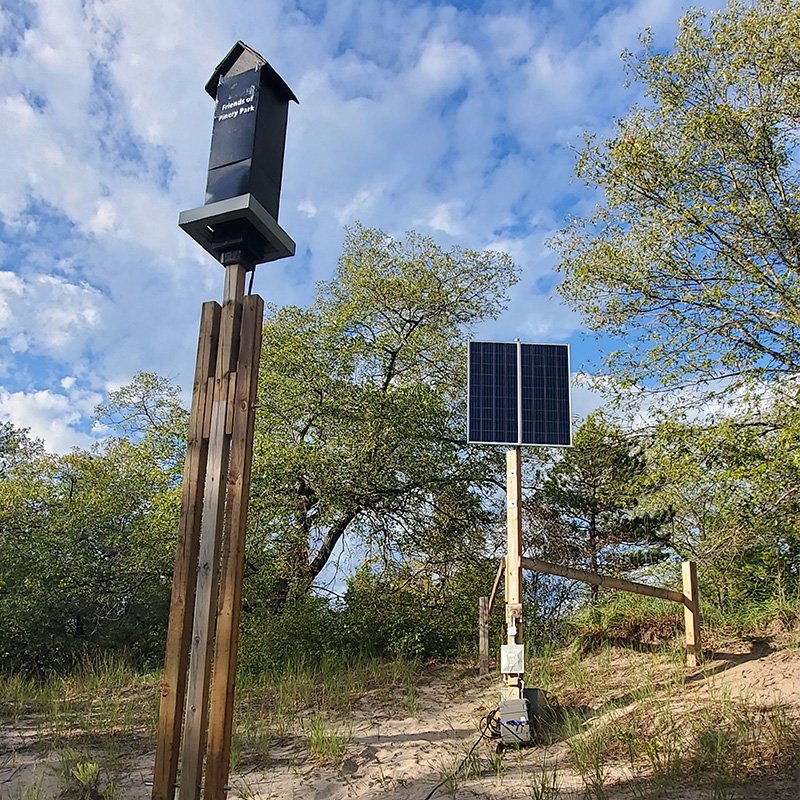
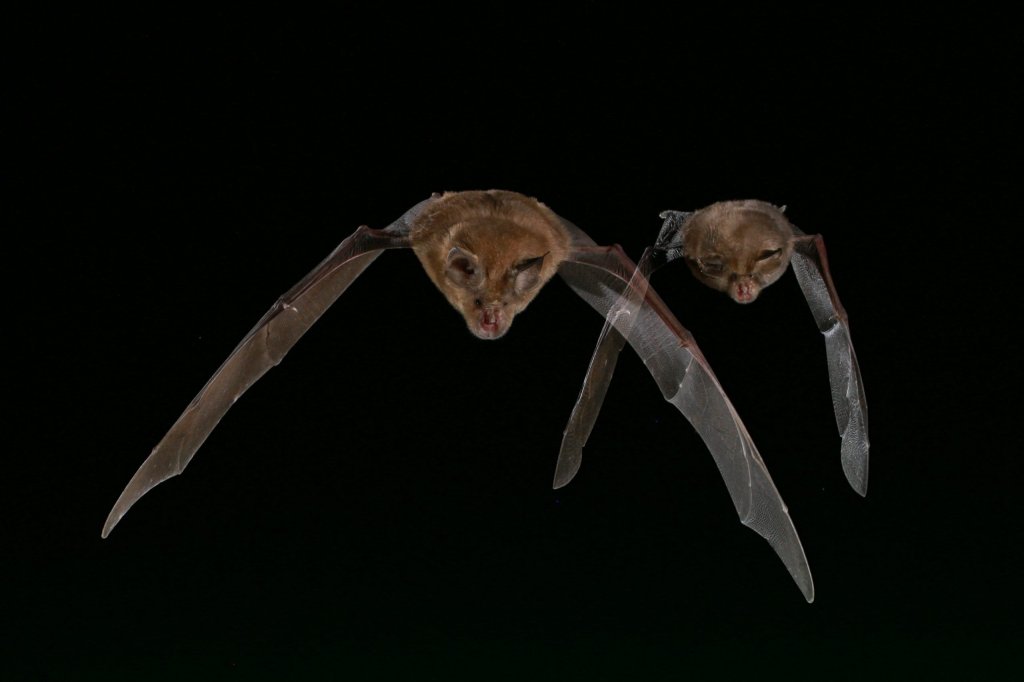

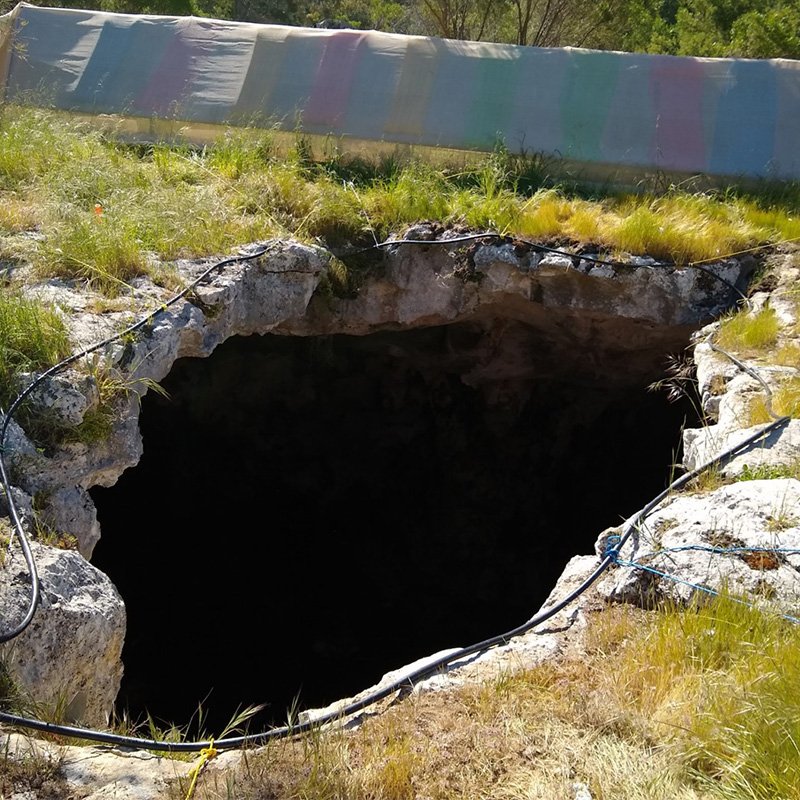
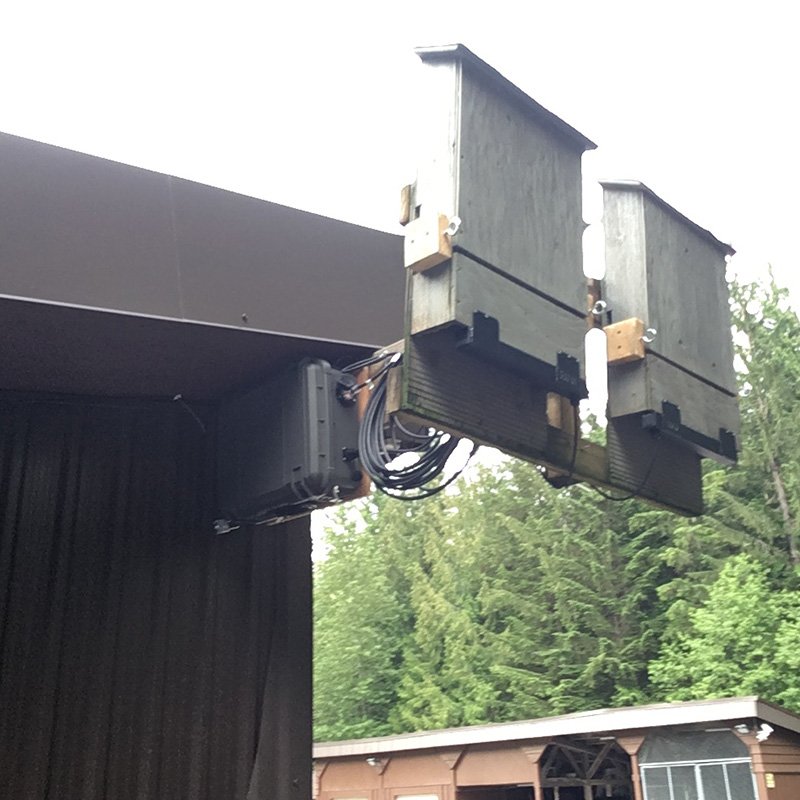
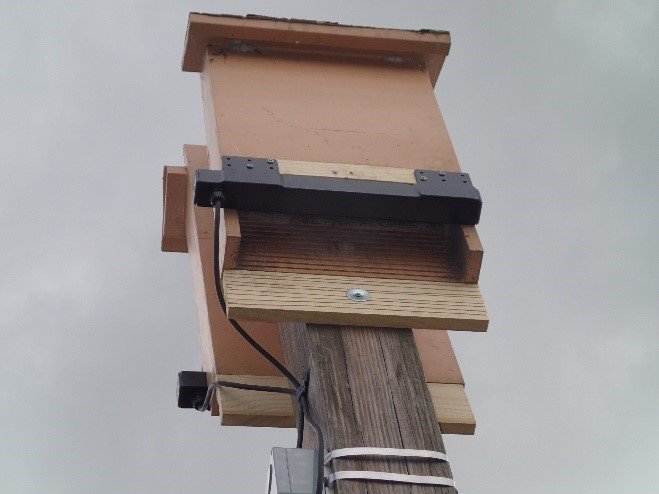


Biomark


